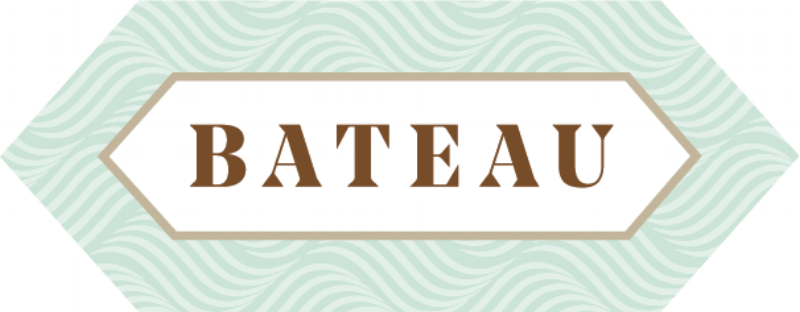Bateaumen
Three Slaves Steering a Bateau, Benjamin Latrobe, 1798. Library of Virginia.
In the absence of accounts by the bateaumen themselves, we are left with the romanticized, and inevitably racist, observations of white travelers of the day. Still, their chronicles offer us glimpses of 19th-century life and labor on Virginia’s waterways.
Of the bateaumen, one such writer reminisced, “His was a hardy calling, demanding skill, courage and strength in a high degree. I can see him now striding the plank that ran along the gunwale to afford him footing, his long iron-shod pole trailing in the water behind him. Now he turns, and after one or two ineffectual efforts to get his pole fixed in the rocky bottom of the river, secures his purchase, adjusts the upper part of the pole to the pad at his shoulder, bends to his task, and the long, but not ungraceful bark mounts the rapids like a sea-bird breasting the storm. His companion on the other side plies the pole with equal ardor, and between the two the boat bravely surmounts every obstacle, be it rocks, rapids, quicksands, hammocks, what not.” A third man in the stern “held the mighty oar that served as a rudder.”
The same writer goes on to characterize the bateaumen as “a stalwart, jolly, courageous set,” indulging in the nostalgia of the privileged. And yet, grueling as the work most certainly was, bateaumen enjoyed a measure of autonomy within the strictures of slavery. If not actually free, on their trips up and downriver they were free from the vigilant gaze of owners and overseers.

